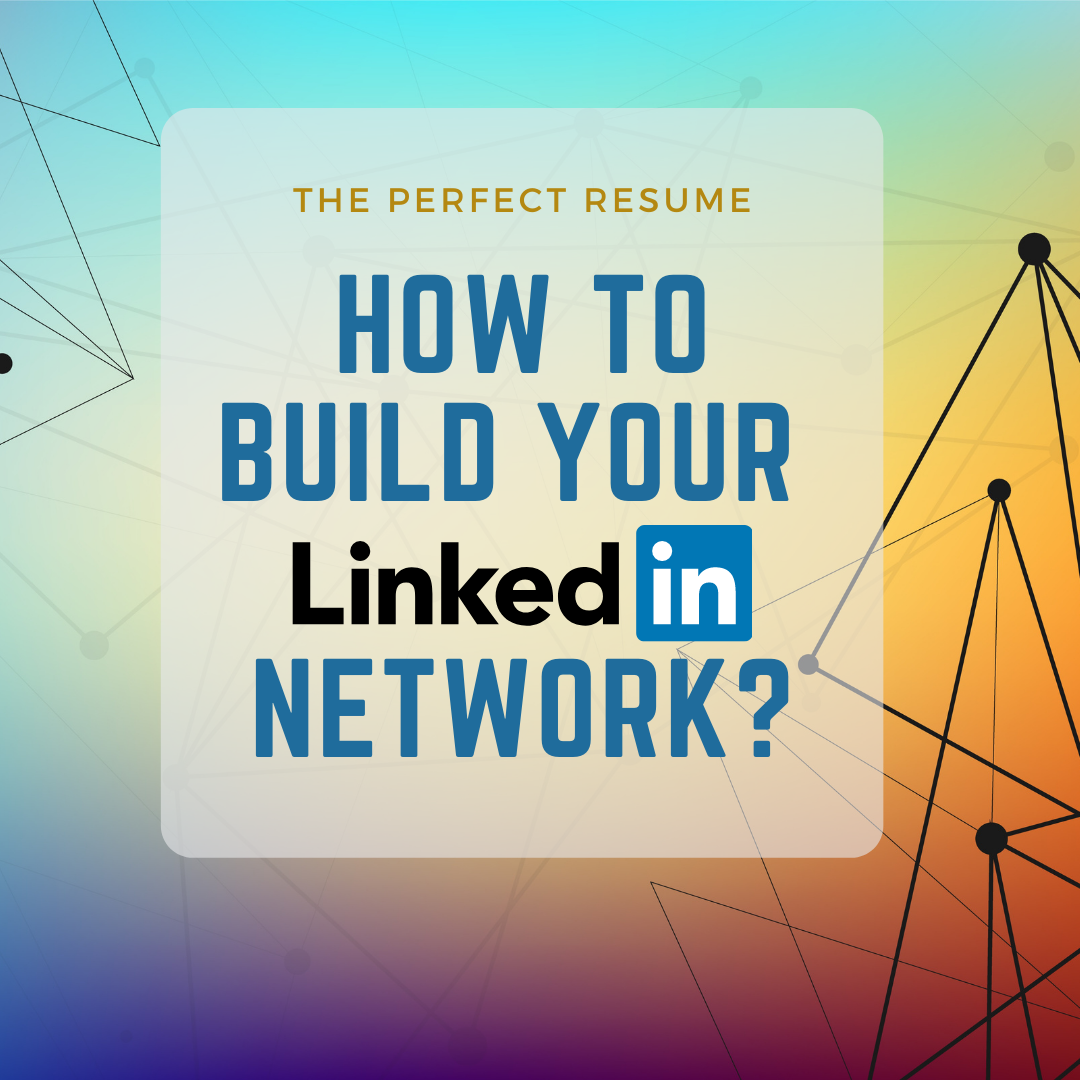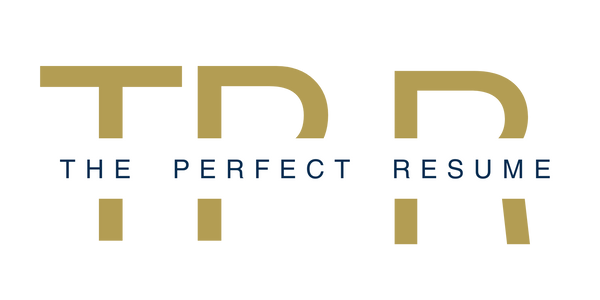
Mastering LinkedIn to Find Jobs
Discover expert strategies to leverage LinkedIn for job hunting in our comprehensive guide. Learn how to build and expand your professional network, effectively use LinkedIn to find jobs, and engage with key contacts. Gain insights on utilising LinkedIn's unique tools and features to enhance your job search and career prospects. Perfect for professionals, students, and job seekers aiming to maximise their LinkedIn presence.
Mastering LinkedIn to Find Jobs: Strategies for Effective Networking and Job Hunting
LinkedIn is the top professional social networking site, reaching 200 countries and territories around the world with 100+ million users daily. Unlike Facebook, where you tend to connect with people you know, LinkedIn is the BEST place to network with people you do not know to look for job opportunities. As a professional, student, or jobseeker you should first aim to build a strong network representing those you know and trust. Leverage these connections to ask for skill endorsements, recommendations or to ask for introductions into a job or opportunity in which you are interested.
Use Linkedin to find jobs in your 1st degree network
Your first-degree connections are the people you know, often, they are your former colleagues, who you should feel comfortable asking for an introduction to someone in your targeted company. As they know your performance, they will be more likely to have an invested interest in your success. Many job seekers rely on their former colleagues as referrals to land their next job.
If you have not yet started inviting new existing contacts and old colleagues to join your LinkedIn network, it is time to get started! They can exponentially increase your exposure and access to other connections. You can find old colleagues in a couple of different ways:
- Use the search function to look for specific people.
- Import your contact list from your email account or phone contacts.
- Utilise the “Colleagues” feature to reconnect with people you used to work with, even if you do not have their current email addresses. Do not misuse this feature though, or LinkedIn might suspend your invitation privileges! Still to a maximum of 30 new connections a day to avoid triggering any warnings on your account.
The more connections you have, the better your chances of finding someone to help with your job search. However, to fully maximise LinkedIn’s benefits, having 50 connections on LinkedIn is your top priority goal. By connecting to at least 50 trusted contacts (past co-workers, clients, classmates, professors, friends, and family) you will increase your chances of getting in touch with people and companies that will help you get ahead in your job hunt.
To make this process easier, LinkedIn added an “Ask for a Referral” tool directly on the platform to help you make these requests. If you do not have a direct connection at the company, look for someone who works there with a shared connection.
2nd & 3rd degree networks
The bigger your first-degree network is, the bigger your entire network will be. One new first-degree contact with 100 connections of their own can expand your first-second-and-third-degree network by tens of thousands of people. That is good at any point, but especially when you are searching for a job. As you are looking for as much visibility into your professional ecosystem as you can get.
There is a maximum of 10,000 connections you can have on LinkedIn. However, it is not just a “numbers game.” Connect with people you know, or to those that you plan to reach out to. The goal is to maintain or establish relationships with people to find a job or get a referral from someone who works at the organisation you are applying for.
Potential people that may be able to increase your prospects of landing a new position include:
- Professionals in the same role you are trying to land: You will have more in common with them than the other higher tiers. You can ask them questions, find out how they got the job they are in. What the position is like etc. For example, if you are an accountant in the manufacturing industry, find a company in the industry and look at the employee list to connect with the accountant. They may know of opportunities and provide great leads, especially if they are currently working.
- Connect with the decision-makers and influences at target companies: Your third-degree networks are often the most valuable ones – if you’re willing to do a little research on companies for which you’d like to work, you will connect with people in the HR department, team leaders or even the CEO within those companies before jobs are advertised. Do not get too confident though! If you are looking for an Admin position, do not go straight to the CEO! Try the Recruitment Manager first.
If you cannot find a mutual connection with your potential employer, reach out to them through a common group
If you cannot find someone to refer you, you can still reach out to a potential employer. “If you want a job, and that’s the job you want, you have to find a way to get to the person,” Blair Decembrele, Director and Global Integrated Marketing Communications & Linkedin Career Expert, said. “So, if you do not know them through connections, find them through a group. Find them through writing a really good message to them that’s going to stand out from the crowd.”
You can search for people within the LinkedIn groups you are a member of or browse groups within your industry to join.
Once you have a decent following, publish a post that you are looking for a job and ask your network to share the post with anyone who may be looking for a position. The post is like your cover letter, highlighting what you are looking for, your strengths, qualifications, and experiences.
Keep active on LinkedIn to find jobs
As with any other social network, you must actively participate on LinkedIn every day, even if it is for a few minutes on the mobile app while standing in line to get your coffee. Recruiter's don't see the profile as we see it. They have their own platform that they use to headhunt individuals. As part of their plan, they can send 150 InMail’s (LinkedIn's version of emails) to users each month. Therefore, they do not want to waste their message when they have a vacancy to fill. As such, they tick a box to show only "Active" users. If you are not active on your profile, you will miss out on their job opportunities. Often these are the best ones to get as you won't be competing with hundreds of other people.
The more you interact and post as a professional, the more you will be noticed and build recognition. The Perfect Resume team recommends that clients should dedicate at least 20 minutes a day, 4 days a week to LinkedIn to get the most from the platform.
According to Mashable, statistics show that only 8.33% of Americans use LinkedIn during working hours compared to other social media sites, such as Facebook (with almost 30% of people using it during work hours), therefore you might get more interaction and exposure if you update your status, network, and connect with people and companies after business hours. Test this out at different times of the day to see what works best in getting responses and other interactions.
Effective networking is about building relationships. It is critical to take the time to build your LinkedIn network and nurture them to effectively add value to your job search. It is equally important to give back and help your connections when they need advice and referrals as well.
We are all familiar with the saying, “Out of sight, out of mind.” When it comes to engaging with your connections, your goal is to keep your network thriving to be continuously on their mind! You can keep active on the profile by:
- Joining groups and contributing to the discussions by doing an Advanced Search to identify professional groups in your area and get involved. This will help expand your network, show your expertise, especially when you engage in online conversations and answer questions that come up, and possibly connect you to the organizations you want to work for in the future. When researching groups, you want to participate in groups that have recent activity. Otherwise, you might be wasting your time if a group doesn't have daily or regular interaction online.
- Liking other people’s posts in your LinkedIn feed
- Create a daily post to tell your network that you are looking for a new job. You will be surprised how effective this is!
- Post any articles you write that adds value to your network
- Sharing content such as videos or news updates
- a photo with a witty caption
- an update offering advice or asking a question that elicits great responses
- a shout-out to your connections
- Ask a previous colleague for a referral into a company you want to work with
- Join several relevant networking groups that you are interested in and start commenting on people’s posts.
Mark Anthony Dyson, career consultant and creator of the popular job search podcast, “The Voice of Job Seekers”, sees engagement as something that can’t be taken lightly. “As we consider how important engagement is,” he says, “I think the tone of a user’s messaging (including responses to group posts) matters. People want to be valued and feel safe. Share and offer advice, opinion, or message without making anyone feel undervalued.”
If you require any further assistance, please email info@theperfectresume.com.au and we can help you with it.
Happy networking!



